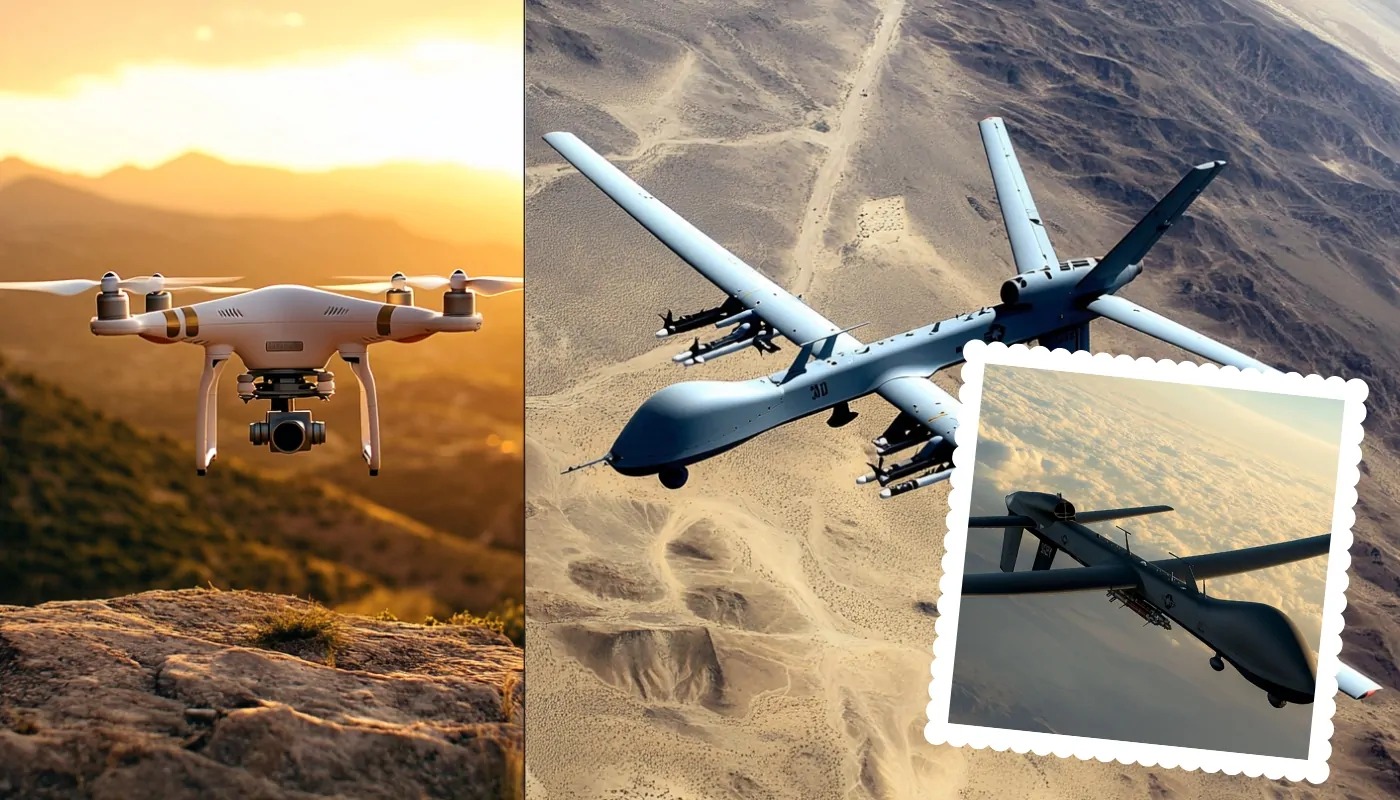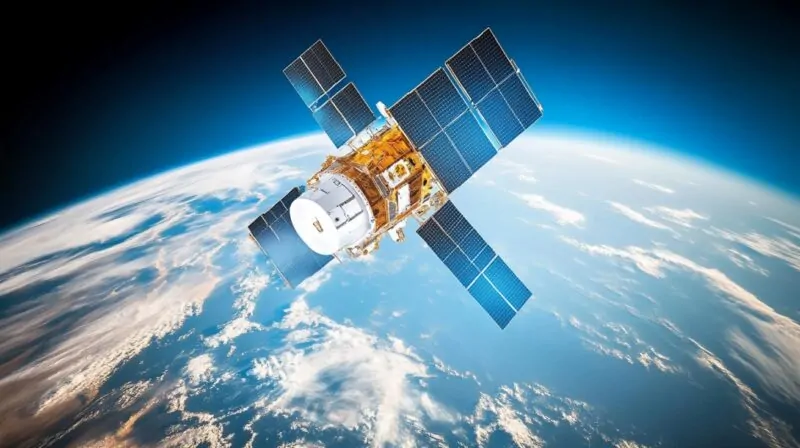The terms “Drones,” “UAVs,” and “UAS” are often confused because they are frequently used interchangeably, yet they refer to distinct concepts. Popular media and technical communities approach these terms differently, leading to varying interpretations.
While drones are widely recognized and associated with casual or recreational devices, UAVs and UAS are more precise terms used in professional and regulatory contexts.
With these technologies becoming critical tools in sectors such as agriculture, logistics, defense, and environmental monitoring, the need for clarity in terminology is greater than ever.
Let us talk about it.
Defining the Terms
The adoption of unmanned systems across industries has led to the frequent use of terms like “drones,” “UAVs,” and “UAS.”
While these terms are often used interchangeably, each has distinct definitions and contexts.
By clarifying these terms, we can better appreciate their applications and the nuances that set them apart.
Drones
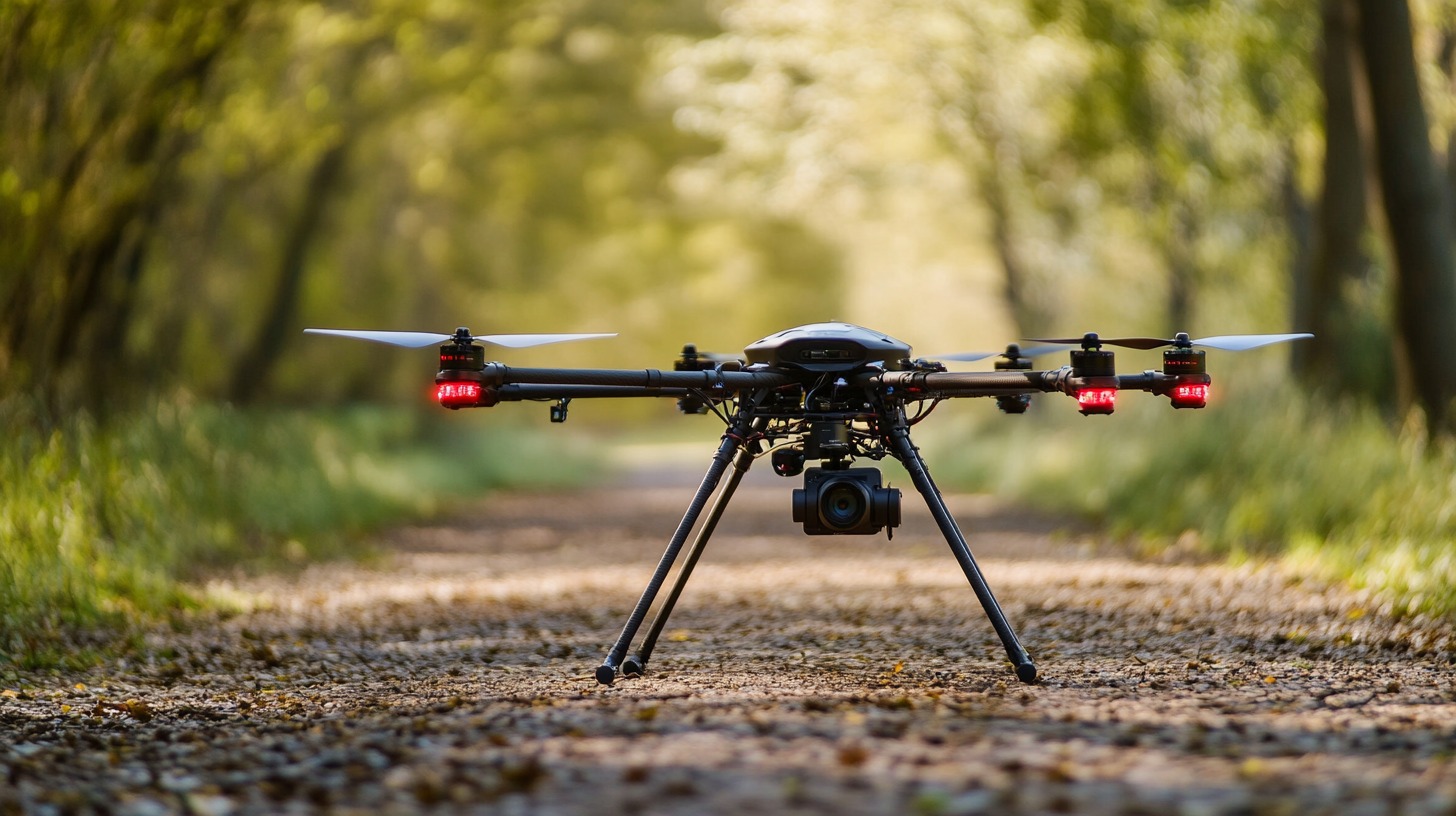
The term “drone” is widely recognized and often used as an umbrella term for unmanned vehicles.
The categorization includes aerial, ground, and aquatic autonomous systems. The general use of this word makes it a favorite in media and everyday conversation.
- Covers unmanned vehicles across various domains (air, land, water).
- Often associated with simplicity in public discourse.
Common Usage:
- Frequently refers to hobbyist devices, such as quadcopters.
- Widely recognized for recreational and photography applications.
Despite its informal roots, “drone” remains the most popular term in casual settings.
UAV (Unmanned Aerial Vehicle)
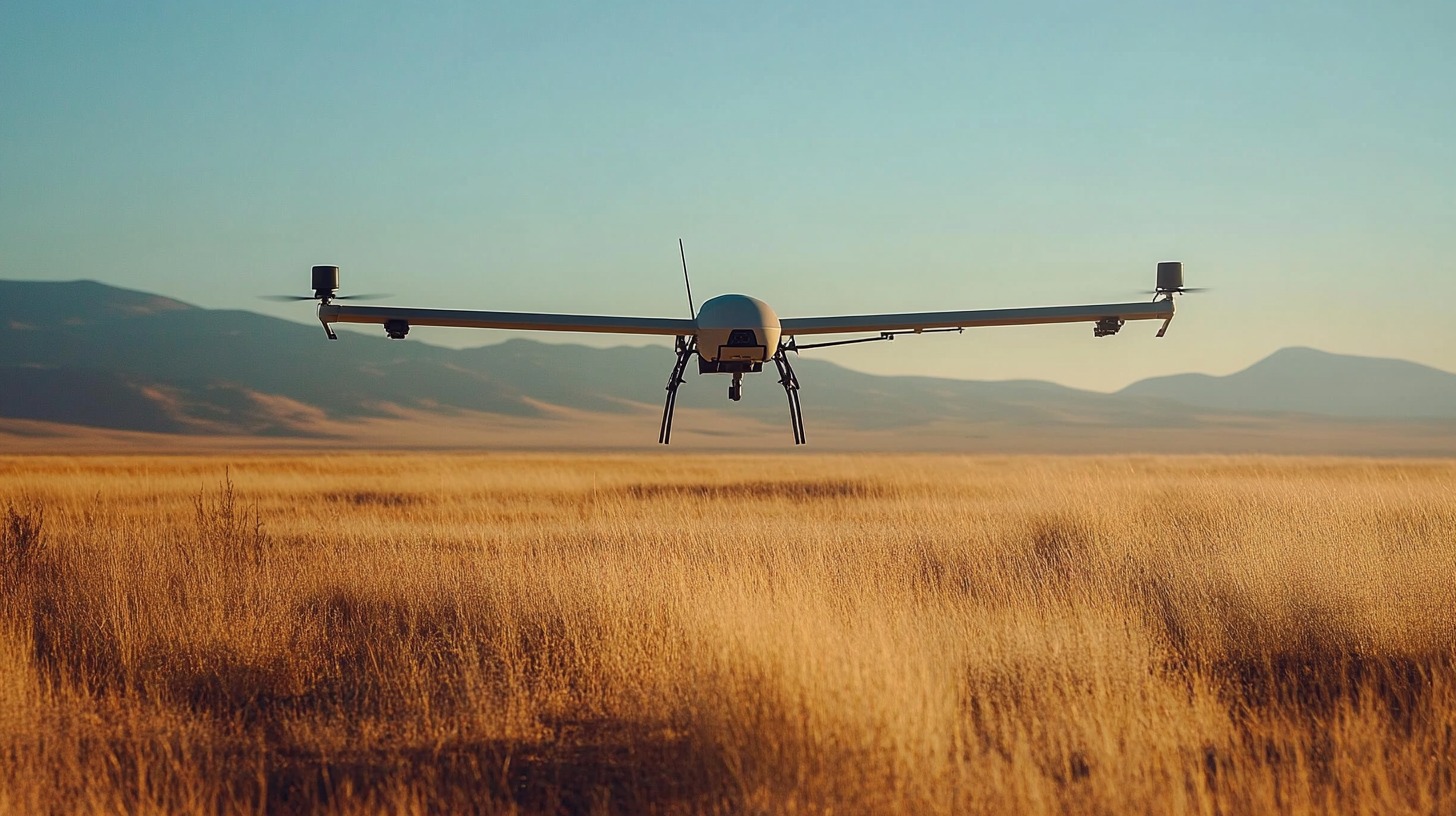
A UAV specifically refers to unmanned systems designed for aerial applications.
Unlike the general term “drone,” UAVs focus on aircraft alone, excluding auxiliary components like ground controls or communication systems.
- Operates exclusively in the air.
- Designed for specific purposes like surveillance, delivery, or agricultural tasks.
Examples:
- Military UAVs for reconnaissance or combat missions.
- Commercial UAVs for crop monitoring, surveying, or package delivery.
This term is favored in professional and technical contexts, where precision is critical.
UAS (Unmanned Aircraft System)
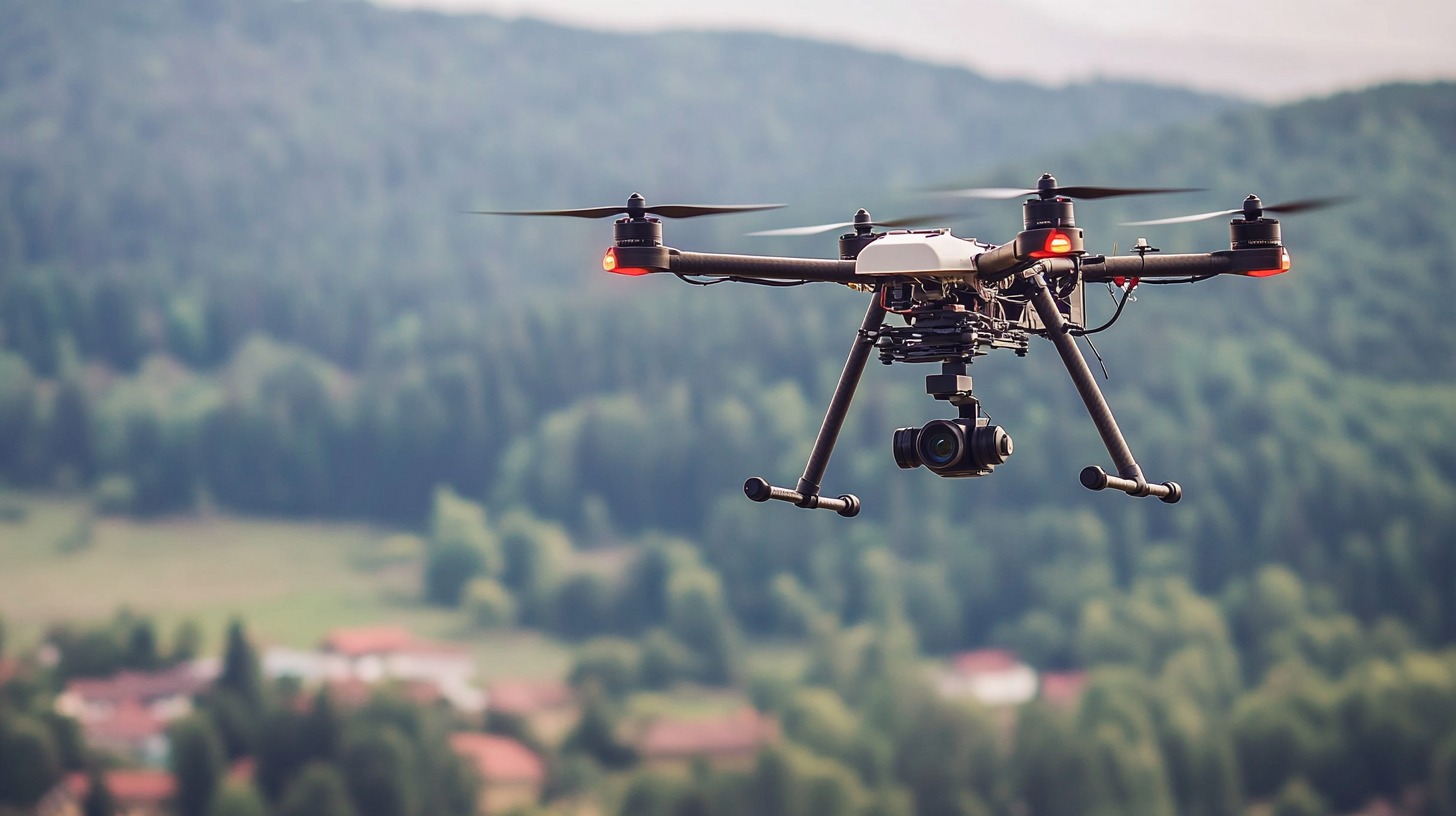
A UAS encompasses the entire ecosystem required for UAV operation.
It includes not only the aircraft but also the supporting components that make aerial missions possible.
- The UAV (aircraft).
- Ground control stations.
- Communication and software systems.
- Payloads, such as cameras or sensors.
- Operators or teams managing the system.
Applications:
- Used in high-stakes operations requiring precision and coordination.
- Essential in industries like security, environmental monitoring, and logistics.
The term “UAS” highlights the complexity and integration involved in advanced unmanned systems, differentiating it from more casual references to drones or UAVs.
Key Differences
The terms “drones,” “UAVs,” and “UAS” are often used interchangeably, but they hold distinct meanings based on context. These differences are rooted in their scope, intended applications, and technical precision.
Recognizing these distinctions can help professionals, hobbyists, and policymakers communicate more effectively while ensuring proper use across various industries.
Scope
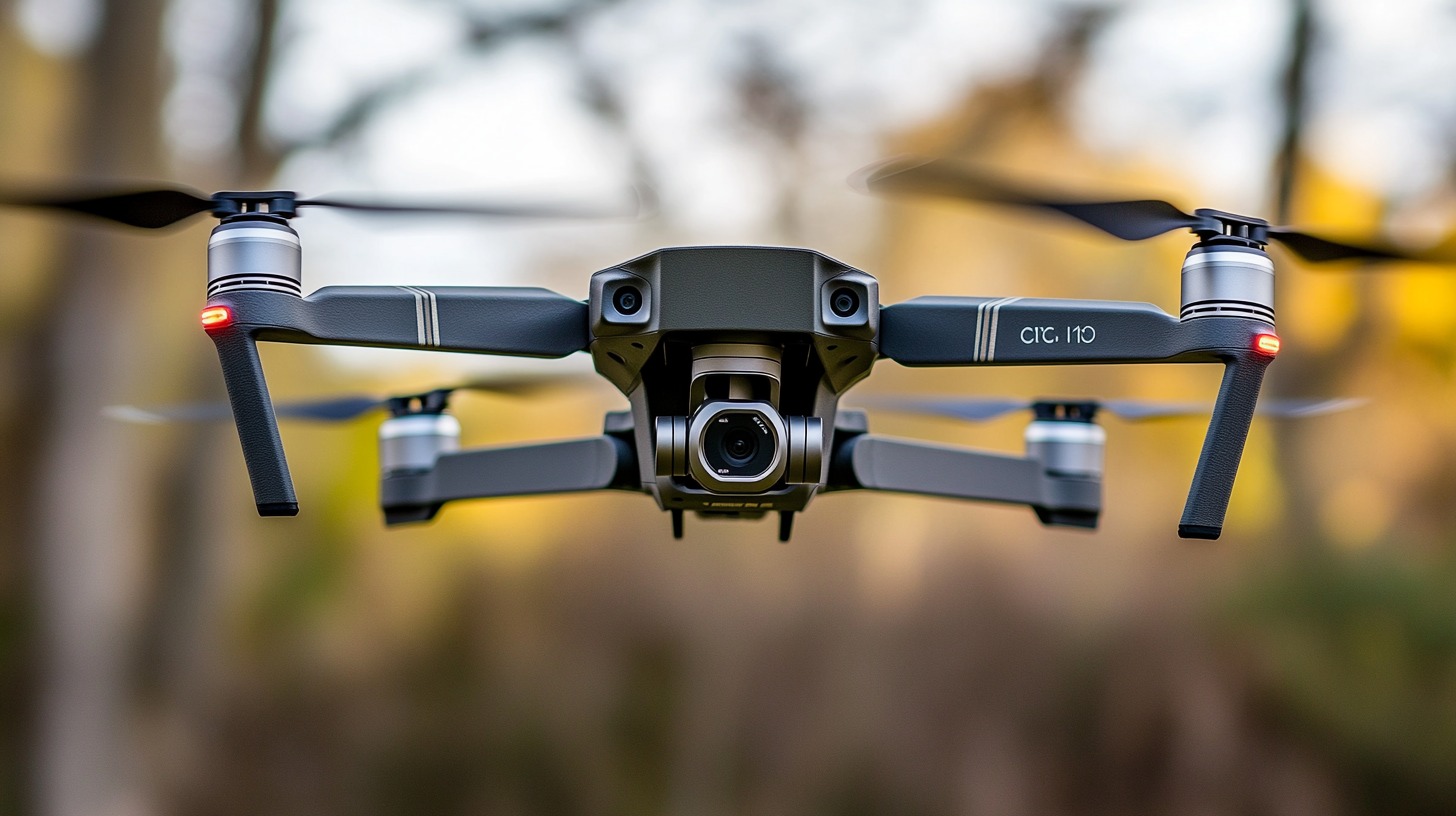
- A widely recognized term used casually and often applied to hobbyist devices or general unmanned vehicles.
- Focuses strictly on aerial vehicles without considering additional components like control systems or communication tools.
- Encompasses the UAV and all supporting infrastructure, including ground control stations, communication networks, and payloads.
Each term targets a specific audience:
- Drones resonate with recreational users and general discussions.
- UAVs cater to industries requiring aerial applications.
- UAS is used in technical and professional settings involving system-wide operations.
Applications
- Commonly associated with hobbies, aerial photography, and casual recreation.
- Primarily used in specialized industries like:
- Precision farming and crop monitoring.
- Package delivery and inventory management.
- Surveillance, reconnaissance, and tactical operations.
UAS: Found in high-stakes environments where coordination and technical complexity are essential:
- Disaster response and search-and-rescue operations.
- Large-scale environmental monitoring.
- Commercial logistics require advanced integration.
This tiered application highlights the increasing levels of complexity required for each category.
Technical Precision
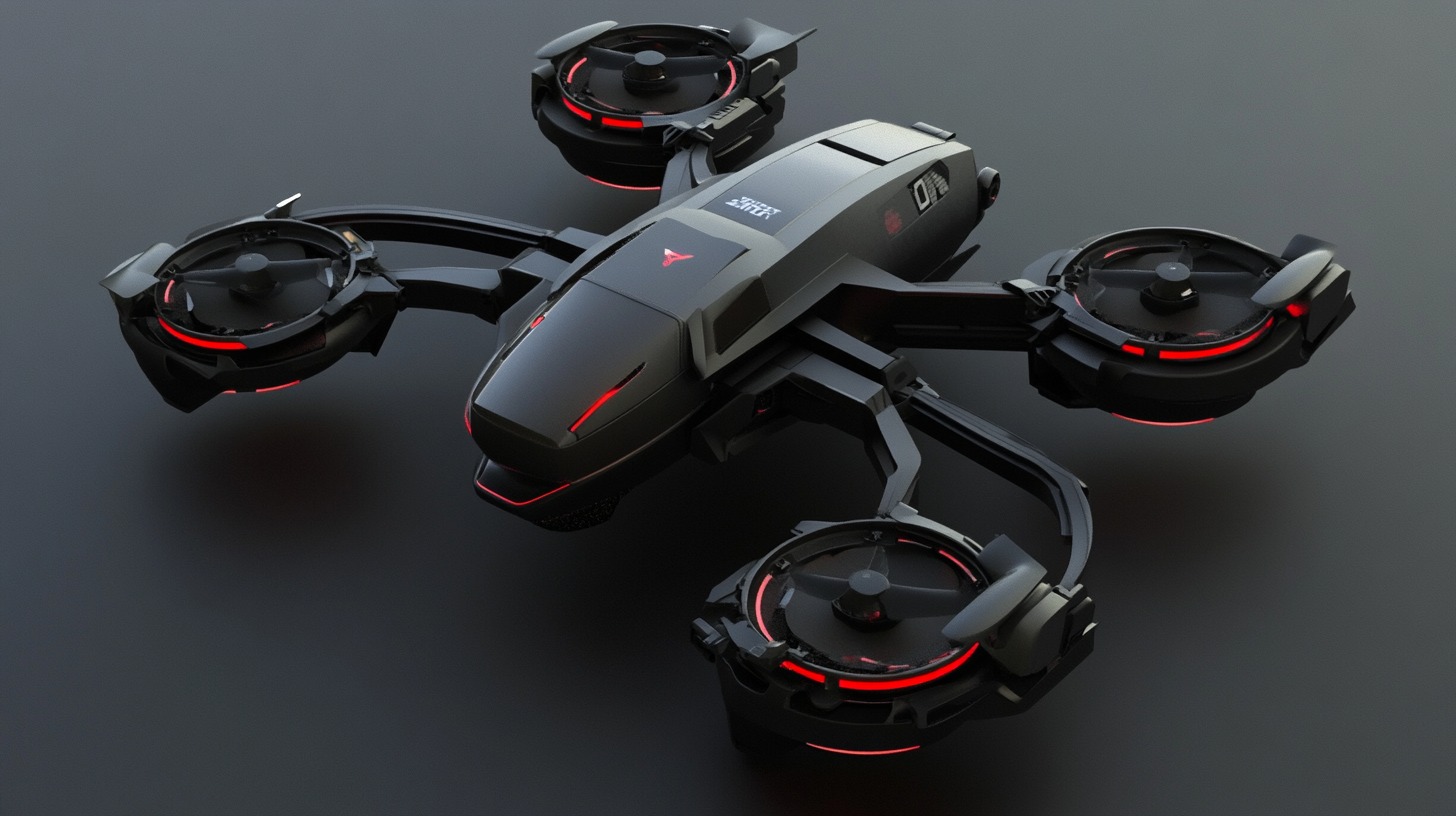
The choice of terminology is critical for accuracy, especially in regulated and professional contexts.
- It often lacks precision but remains popular due to its generality and accessibility.
- Aligns with industry-specific standards and regulatory frameworks, including the FAA and CAA, to ensure clear communication of policy and operational planning.
- Emphasizes the broader system involved in UAV operations, making it indispensable for legal and technical discourse.
By using UAV and UAS appropriately, professionals can address regulatory requirements, avoid misunderstandings, and maintain consistency in communication.
The distinctions across these terms are not arbitrary but reflect the growing sophistication of unmanned technologies and their diverse roles in modern industries.
Common Misunderstandings
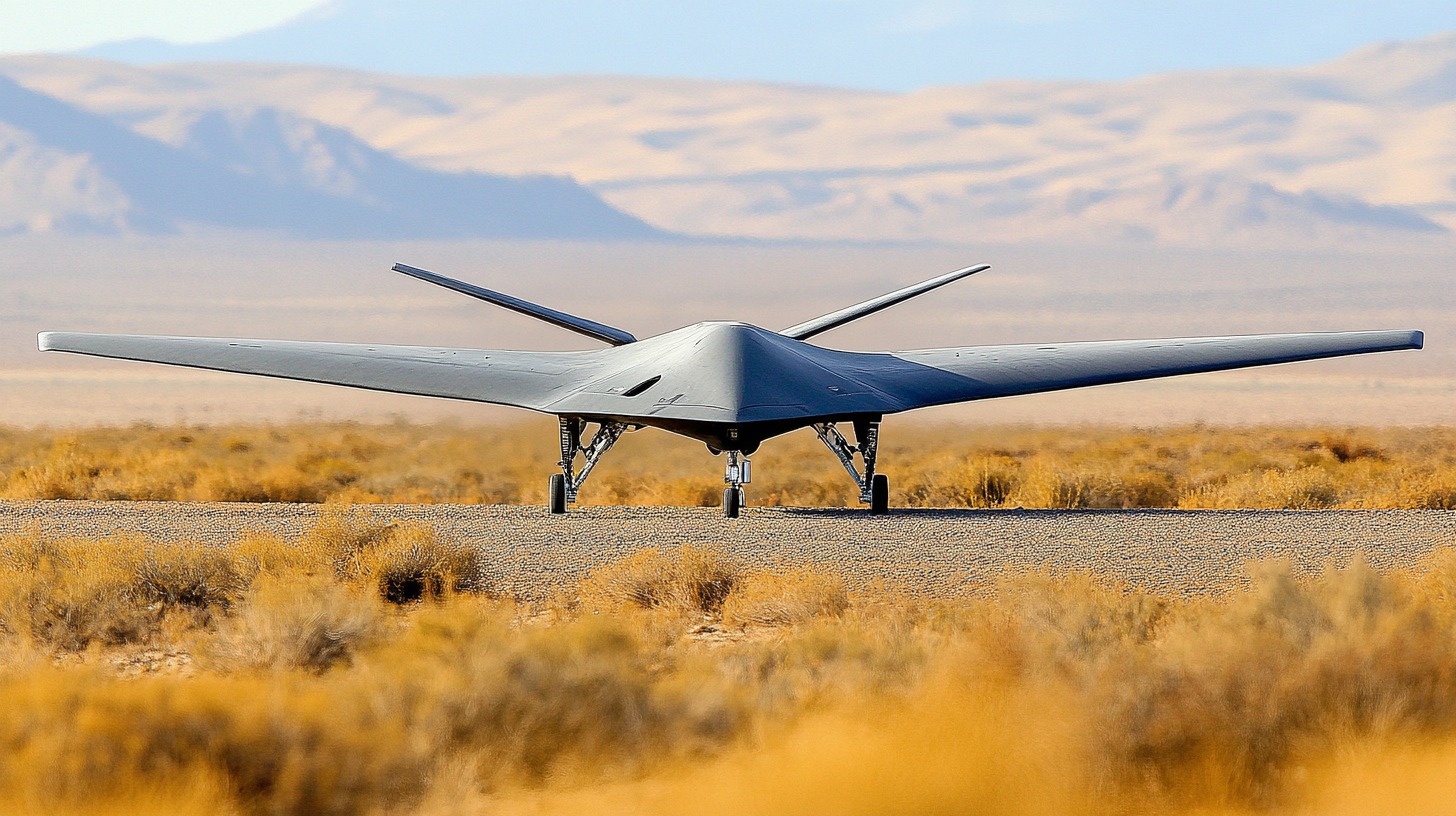
The widespread adoption of unmanned systems has led to frequent misinterpretations of terms. These misunderstandings often arise due to casual language, inconsistent media usage, and a lack of standardized definitions in public discourse.
While the terms are connected, their interchangeable use can create confusion, especially in professional or regulatory contexts.
- The term “drone” is popularized in media due to its simplicity, but it fails to capture the specific technical aspects of UAVs or UAS.
- Agencies such as the FAA and CAA often reference UAS in official documents, which can be confusing for those unfamiliar with the term’s broader scope.
- Hobbyists and recreational users frequently use the term “drone” to describe devices that technically fall under the UAV or UAS categories.
Impacts of Misinterpretations:
- Misusing terms can lead to errors in meeting regulatory requirements, as UAVs and UAS are governed by distinct guidelines.
- Without clear differentiation, individuals and organizations may misunderstand the capabilities and limitations of their equipment.
- In industries like defense or logistics, unclear terminology can result in inefficiencies or operational risks.
Importance of Clarity:
- Using precise language fosters better alignment with regulatory frameworks.
- Clear differentiation between terms ensures effective training, planning, and operational execution.
- Encouraging consistent terminology helps reduce errors in both casual and professional contexts.
By addressing these common misunderstandings, users can navigate technical and regulatory environments more effectively and avoid potential pitfalls.
Emerging Trends
The rapid evolution of technology has brought about significant advancements in unmanned systems, reshaping their roles in various industries.
The terminology used to describe them has also begun to adapt, reflecting the growing complexity and autonomy of these systems.
#UK #droneoperators have until NOVEMBER 30 to pass an online test about the legal safe use.https://t.co/CX9u6ZNjGg#UAVSystemsIntl #recreationaldrone #commercialdrone #droneregulations #dronerules #aerialregulations #dronenews #dronesafeUK pic.twitter.com/rwADAJ87U3
— UAV Systems Intl (@uavsystemsintl) November 5, 2019
Shifts in Terminology and Technology
With increasing technological sophistication, the lines between UAVs and UAS are blurring.
Autonomous systems are now capable of performing tasks with minimal human intervention, reducing the reliance on traditional control frameworks.
As a result, terms are evolving to better capture these advancements.
- Modern systems now integrate artificial intelligence and machine learning, allowing drones to execute complex missions without constant human oversight.
- The expansion of RPA (Remotely Piloted Aircraft) highlights the skills and certifications required for operators, particularly in professional or high-stakes environments.
- Agencies are revising guidelines to address the operational nuances introduced by advanced systems, influencing terminology use in compliance and legal contexts.
- UAS terminology is becoming more relevant as drones are increasingly incorporated into multi-platform environments, including IoT networks and real-time data systems.
These changes not only reflect technological progress but also emphasize the need for consistent terminology in communication, policy-making, and industry applications.
The Bottom Line
Distinguishing between drones, UAVs, and UAS is crucial for ensuring accurate communication across industries, hobbyist communities, and regulatory bodies.
Each term carries its meaning, reflecting a specific scope, application, or technical framework.
Using precise language helps prevent confusion and promotes effective collaboration among professionals, regulators, and users. Adopting clear terminology also allows for better alignment with regulatory standards and industry guidelines.
Organizations such as the FAA rely on terms like UAV and UAS to define rules and compliance requirements, highlighting the importance of understanding these distinctions.
Related Posts:
- Exoskeletons Explained - What They Are and How They Work?
- Public Safety UAVs - Eyes in the Sky for First Responders
- Ukraine Drone War - How UAVs Are Changing the Battlefield
- What Are the Current Swing States in 2025, and How…
- The Hidden Rules of Military Life - What They Don’t…
- Swarm Drones - The Future of Warfare is Already Here

